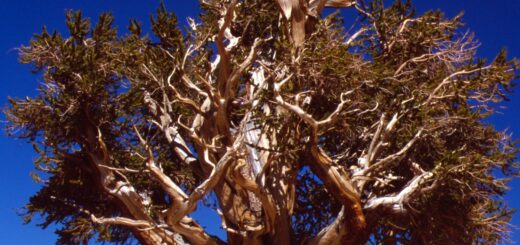American Aspen Tree – A Symbol of Resilience and Beauty
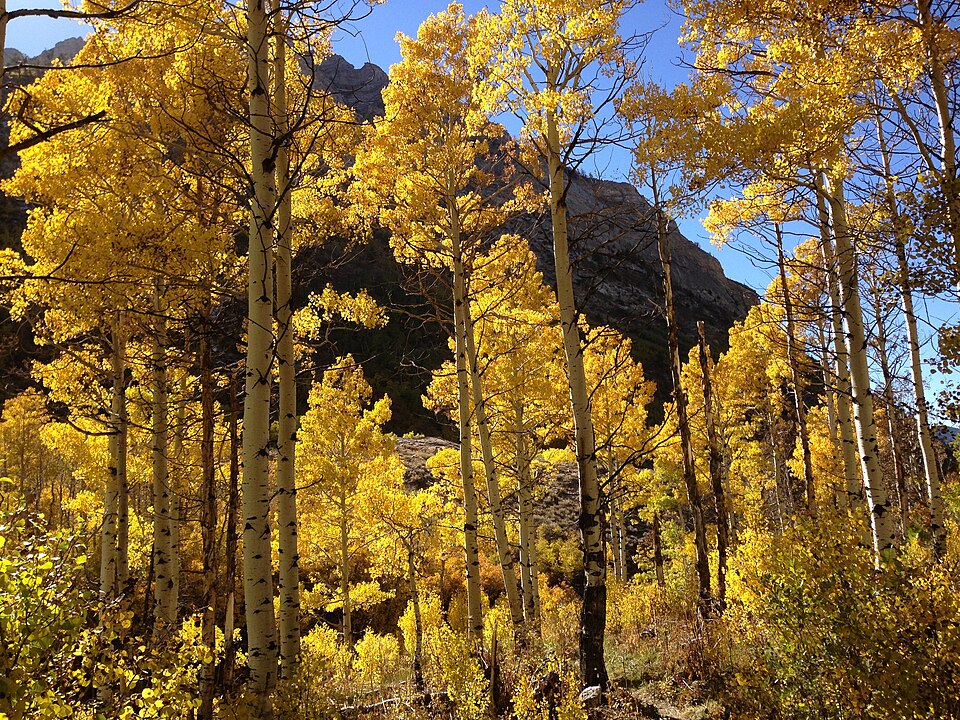
The American aspen tree (Populus tremuloides) is one of North America’s most iconic and widely distributed tree species. Known for its shimmering leaves and striking white bark, the aspen is often celebrated for its beauty and grace, especially during the fall when the leaves turn golden yellow. But beyond its aesthetic charm, the American aspen is also a tree that carries with it deep ecological significance, a fascinating lifecycle, and a profound ability to adapt to diverse environments.
A Tree of Many Names
The American aspen is also commonly referred to as the quaking aspen, due to the characteristic quaking or trembling motion of its leaves in the wind. This movement is caused by the flattened petioles (the stalks that attach the leaf to the branch), which allow the leaves to flutter easily, creating a shimmering effect that makes aspen groves particularly magical to witness. These fluttering leaves are not just pretty to look at – they serve a functional purpose, as they can help reduce the tree’s exposure to wind and prevent the loss of moisture.

Trembling aspen at sunset in Langley, British Columbia, December 2010. © Creative Commons | Author: The High Fin Sperm Whale
Habitat and Distribution
Aspen trees are found across much of North America, from the cold, northern reaches of Canada down through the mountainous regions of the western United States. They thrive in a variety of environments but are most commonly seen in cooler, higher-altitude regions. Aspens are often found in mixed forests, along mountain slopes, and near wetlands. These trees can tolerate a range of soil types, although they prefer moist, well-drained soils.
Aspens are particularly well adapted to disturbances such as fire or logging. In fact, one of the most impressive features of aspen trees is their ability to regenerate after a disturbance. Aspens tend to grow in large clonal colonies, meaning that a single genetic individual can cover a vast area by sprouting new trees from its root system. This means that a grove of aspen trees may look like individual trees, but in reality, they are all connected by an underground network of roots and share the same genetic makeup.
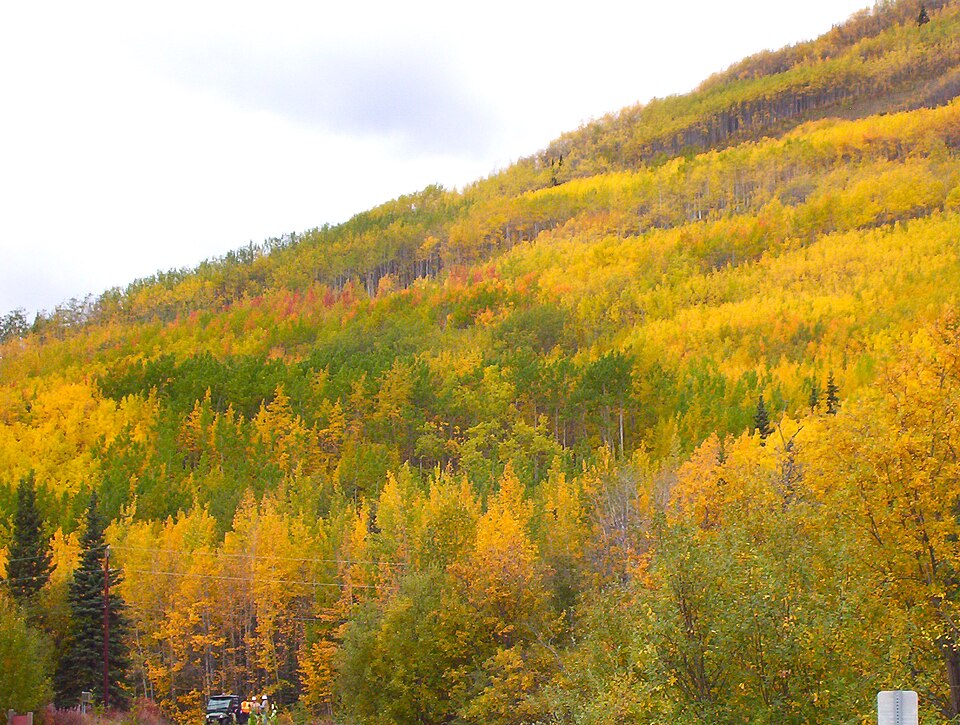
mountainside covered in clonal colonies of quaking aspen, Matanuska Valley, Alaska. Note the people and vehicles at lower left for scale. © Creative Commons | Author: Beeblebrox
The Life Cycle of the Aspen
While many trees are known for their long lifespan, aspens are different. They typically have relatively short lifespans—around 20 to 50 years for individual trees. However, the root system can live much longer, allowing the grove as a whole to persist for centuries. When an aspen tree dies, the roots continue to sprout new shoots, often creating a cycle of life that can last for generations.
Aspen groves, through their unique root systems, often appear as a cohesive unit of trees that all share the same genetic lineage. Some of the oldest aspen groves in the world are found in Utah, where a grove known as “Pando” (meaning “I spread” in Latin) is believed to be around 80,000 years old! Pando, located in Fishlake National Forest, is often considered one of the oldest and heaviest living organisms on Earth due to its vast interconnected root system.
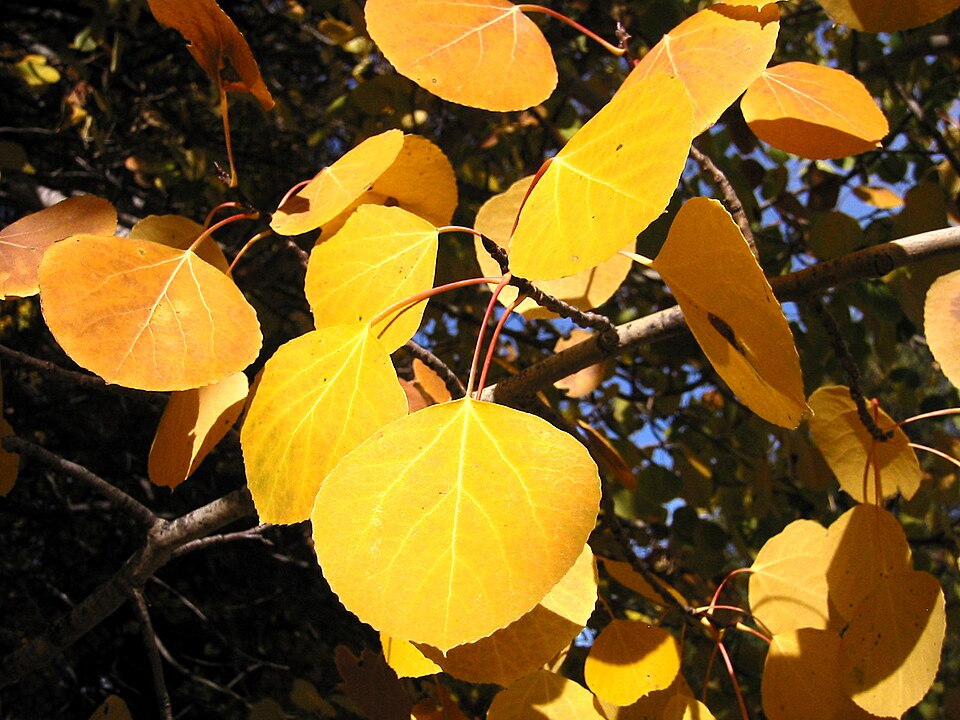
Typical yellow autumn foliage. © Creative Commons | Author: Walter Siegmund
Aspen Trees and Wildlife
Aspen trees provide crucial habitats for many species of wildlife. Their leaves and bark are consumed by a variety of herbivores, including deer, elk, and beavers. In the fall, aspen groves become especially important for birds, such as woodpeckers, which nest in the cavities found in the tree trunks. Aspen trees are also home to a variety of insects, including the larvae of moths and beetles, which rely on the tree’s bark and leaves for nourishment.
The large, white trunks of the aspen also provide shelter and nesting sites for birds and small mammals. Aspens are key players in the ecological networks of the forests they inhabit, helping to support a diverse array of creatures and contributing to the overall biodiversity of the region.
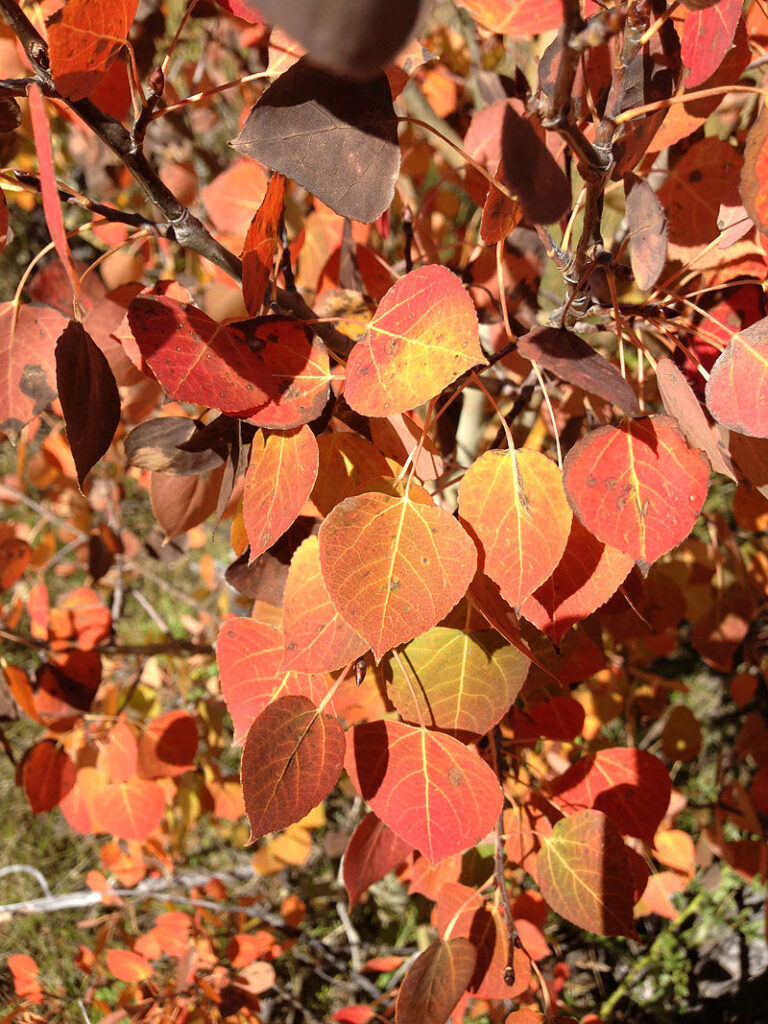
Aspens showing autumn foliage coloration in Lamoille Canyon, Nevada. © Creative Commons | Author: Famartin
Environmental Adaptability
One of the reasons that the American aspen is so widespread is its ability to adapt to a variety of environmental conditions. Aspen trees are particularly well-suited to cold climates and can survive harsh winters with their ability to endure extreme cold. They also thrive in areas with varying moisture levels, from the wet, boggy conditions of northern forests to the dry, rocky soils of mountain regions.
Aspens are also relatively fast-growing compared to many other tree species. Their ability to quickly regenerate after a disturbance, such as a fire or logging, allows them to maintain dominance in ecosystems that experience regular disruptions. Their adaptability to changing environmental conditions makes them resilient in the face of climate change, although they are not immune to threats such as drought and disease.
The Importance of Aspen Trees
While the American aspen may be best known for its aesthetic beauty, it plays a vital role in sustaining healthy ecosystems. Its fast growth, ability to regenerate, and unique clonal structure help maintain forest biodiversity and promote the resilience of forest ecosystems. Aspens are often pioneers in disturbed environments, helping to stabilize soil and create a foundation for other species to thrive.
Moreover, aspens play an important role in carbon sequestration, which helps mitigate the effects of climate change. Their ability to grow quickly means that they can absorb large amounts of carbon dioxide, which helps reduce greenhouse gas emissions and supports climate regulation.
References:
[The Glorious, Golden, and Gigantic Quaking Aspen – By: Michael Grant] https://www.nature.com/scitable/knowledge/library/case-study-the-glorious-golden-and-gigantic-13261308/
[Wikipedia] https://en.wikipedia.org/wiki/Populus_tremuloides

